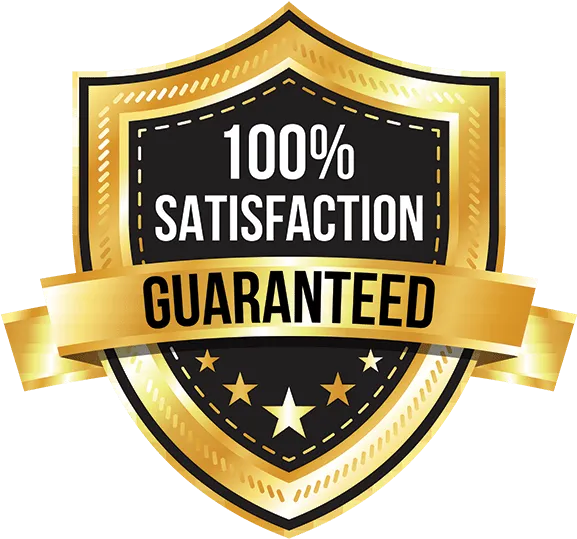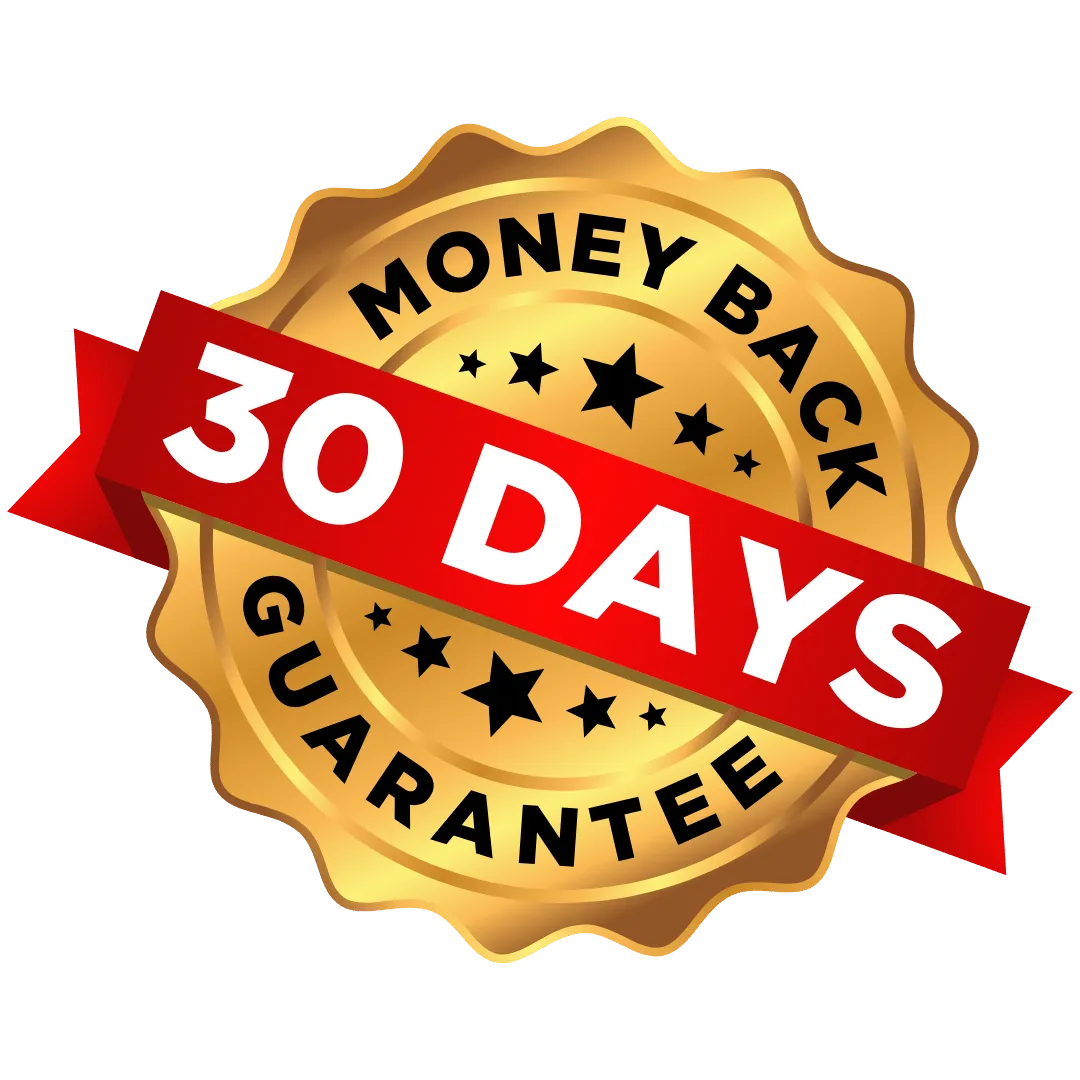30 Day Money Back Guarantee
Proudly Serving Arizona
(888)703-7282
Learn More
Frequently Asked Questions
"Marketing That Matters"


FAQs
What is digital marketing, and why is it important?
Digital marketing refers to promoting products or services online through various digital channels like websites, social media, email, and search engines. It’s important because it helps businesses reach a wider audience, target specific demographics, and measure results more effectively than traditional methods.
How does digital marketing differ from traditional marketing?
Digital marketing focuses on online channels like websites, social media, and search engines, while traditional marketing involves offline methods such as print ads, TV, and radio. Digital marketing offers better targeting, tracking, and cost efficiency.
What are the main components of a digital marketing strategy?
A strong digital marketing strategy includes SEO, social media marketing, email marketing, content marketing, pay-per-click advertising (PPC), and analytics to measure performance.
How long does it take to see results from digital marketing?
It depends on the strategy. SEO can take 3-6 months for significant results, while PPC and social media ads can yield quicker returns, often within days or weeks.
What budget do I need for digital marketing?
Budgets vary depending on business size, goals, and industry. Small businesses may start with a few hundred dollars monthly, while larger campaigns may require thousands.
What is SEO, and why is it important for my website?
SEO (Search Engine Optimization) involves optimizing your website to rank higher on search engines like Google. It’s important because higher rankings drive more organic traffic, increasing visibility and potential sales.
How do I improve my website’s search engine ranking?
Focus on keyword research, high-quality content, mobile optimization, fast loading speeds, and backlinks from reputable sources.
What are keywords, and how do I choose the right ones?
Keywords are the terms people search for online. Choose them based on relevance to your business, search volume, and competition, using tools like Google Keyword Planner or SEMrush.
How long does it take for SEO to work?
SEO typically takes 3-6 months to see measurable results, depending on competition and the quality of your strategy.
What’s the difference between on-page and off-page SEO?
On-page SEO refers to optimizing elements on your website (e.g., content, meta tags). Off-page SEO involves external actions, like building backlinks and social media promotion.
Which social media platforms are best for my business?
It depends on your audience. Use Facebook and Instagram for B2C businesses, LinkedIn for B2B, and TikTok or Pinterest for visually engaging content.
How often should I post on social media?
Post regularly, but focus on quality over quantity. For most platforms, aim for 3-5 posts per week to stay consistent without overwhelming your audience.
What is the difference between organic and paid social media marketing?
Organic marketing involves free content like posts and stories, while paid marketing includes ads you pay for to reach a targeted audience.
How do I measure the success of my social media campaigns?
Track metrics like engagement (likes, comments, shares), reach, impressions, and conversions using analytics tools like Facebook Insights or Hootsuite.
Should I use influencers to promote my brand?
If your target audience aligns with the influencer's followers, it can be highly effective. Start with micro-influencers for better engagement and affordability.
What is PPC, and how does it work?
PPC is a digital advertising model where you pay each time someone clicks on your ad. Platforms like Google Ads allow you to target specific keywords, ensuring your ads appear to relevant audiences.
How do I create a successful Google Ads campaign?
Research keywords, write compelling ad copy, set a realistic budget, and regularly analyze performance to adjust bids and improve results.
What is a good cost-per-click (CPC) for my industry?
CPC varies by industry. For example, legal services may have a high CPC of $50+, while e-commerce could average around $1-$2 per click.
How do I track the ROI of a PPC campaign?
Use tools like Google Ads and Google Analytics to track conversions, revenue generated, and the overall return on ad spend (ROAS).
What’s the difference between Google Ads and social media ads?
Google Ads target users based on search intent, while social media ads target based on demographics, interests, and behaviors. Both have unique advantages depending on your goals.
Why is content marketing important for my business?
Content marketing builds trust, engages your audience, and establishes your authority. It also supports SEO and drives organic traffic to your website.
What types of content work best for online marketing?
Blog posts, videos, infographics, social media posts, email newsletters, and downloadable resources like eBooks or guides are highly effective.
How do I create a content calendar?
Identify key topics and campaigns for the month, schedule posts for specific dates, and use tools like Trello, Asana, or Google Sheets to organize your plan.
What is the difference between content marketing and copywriting?
Content marketing focuses on educating and engaging your audience, while copywriting is more persuasive and aims to drive specific actions like purchases or sign-ups.
How do I measure the success of my content marketing efforts?
Analyze metrics like website traffic, engagement (likes, shares, comments), lead generation, and conversion rates.
Is email marketing still effective?
Yes! Email marketing remains one of the most cost-effective ways to nurture leads, retain customers, and drive sales with an average ROI of $42 for every $1 spent.
How do I grow my email subscriber list?
Offer value through lead magnets like eBooks, discounts, or exclusive content, and promote sign-ups on your website and social media.
What is the best way to write an effective email campaign?
Focus on a clear subject line, personalized content, and a strong call-to-action (CTA). Keep it concise and visually appealing.
How often should I send emails to my subscribers?
It depends on your audience. Weekly or bi-weekly emails work well for most businesses, but monitor engagement to avoid overloading your subscribers.
What tools can I use for email marketing?
Popular tools include Mailchimp, Portal CRM, Constant Contact, ActiveCampaign, and HubSpot, all offering features for automation, templates, and analytics.
try us out
Featured Product
Local Star
The #1 SEO Strategy


100% risk free - 30 day money back guarantee

6 Different SEO Plans
Charcoal (Essential SEO)
Bronze (Starter SEO)
Silver (Core SEO)
Gold (Accelerated SEO)
Platinum (Advanced SEO)
Diamond (Market Leader SEO)
Industry Average: $497/M-$4819/M
Our Price: $249/M-$3497/M

"Best purchase ever!"
"This has helped us double the amount of work we are doing at our handyman business." - Jackson
TESTIMONIALS
What others are saying
"Very Happy With The Results"
"I used Kimball for my SEO, website management as well as marketing. Very happy with the results, and so excited for the future" - Alex Macica

"Our Business Has Tripled"
"Within that short time our business has more than tripled. Our online presence has never been stronger and thanks to CNC it has all been done organically." -Kaden Sherwood

"CNC Has Got You Covered"
"Whether its SEO, Running Google or Facebook Ads, or just helping you build out your google business profile CNC has got you covered." - Adam Rothenberger

We Love What We Do
You can see more reviews above, or find more on our Google Business Profile, Yelp, Trust Pilot, Facebook, MapQuest, Yellow Pages, and many more profiles!
STILL NOT SURE?
Frequently Asked Questions
What makes CNC Marketing Group different from other marketing agencies?
At CNC Marketing Group, our difference lies in our holistic approach. We blend data-driven strategies with creative excellence, ensuring that your marketing efforts are not only impactful but also unique to your brand. Our team of experts is dedicated to staying at the forefront of industry trends, and we pride ourselves on our collaborative approach. We don't just work for you; we work with you to achieve your specific business goals.
How can I get started with CNC Marketing for my business?
Initiating a partnership with CNC Marketing is simple! Reach out to our team through our website or contact information, and we will schedule a consultation. During this initial discussion, we'll learn more about your business, goals, and challenges. From there, we'll propose a customized marketing strategy to drive your business's growth and success. Let CNC Marketing be your trusted marketing partner on the path to achieving your goals.
What services does CNC Marketing offer?
CNC Marketing Group provides a comprehensive range of marketing services, including website design, SEO, software solutions, ads management, fCMO service, market research, branding, digital marketing, content creation, social media management, lead generation, and more. Our goal is to offer a one-stop-shop solution to meet all your marketing needs and help your business thrive in the competitive landscape.
How long does it take to see results from your marketing campaigns?
The timeline for seeing results can vary depending on your goals, industry, and the specific campaign. However, we prioritize delivering value quickly. With our data-driven approach, you'll start to see actionable insights within weeks. Tangible results, such as increased website traffic, lead generation, and improved ROI, typically become evident within a few months. We believe in transparency and will provide regular updates on the progress of your campaigns.
TRY us RISK FREE
100% Money Back Guarantee
We have a 30-Day money-Back guarantee that we stand by

COMPANY
CUSTOMER CARE
NEWS
LEGAL


© Copyright 2020-2025. CNC Marketing Group. All Rights Reserved.
